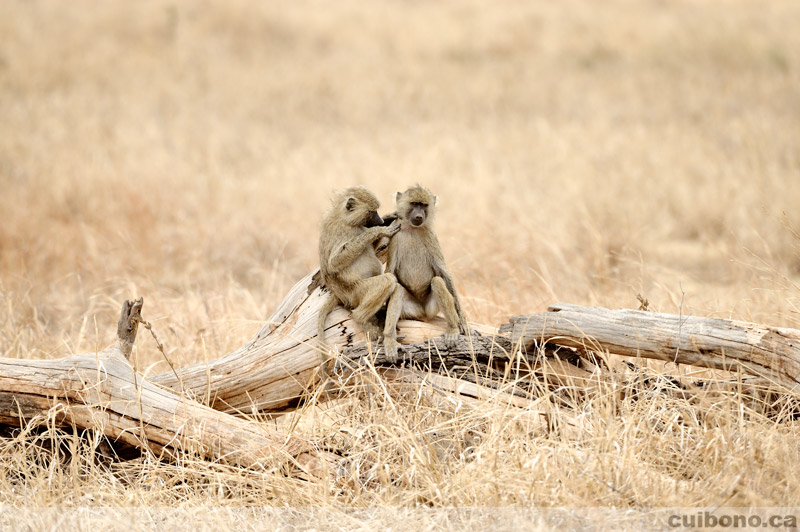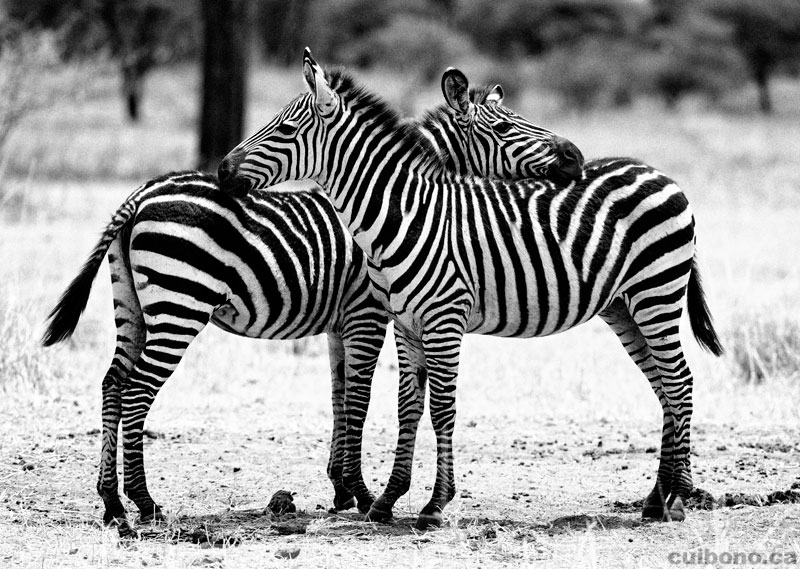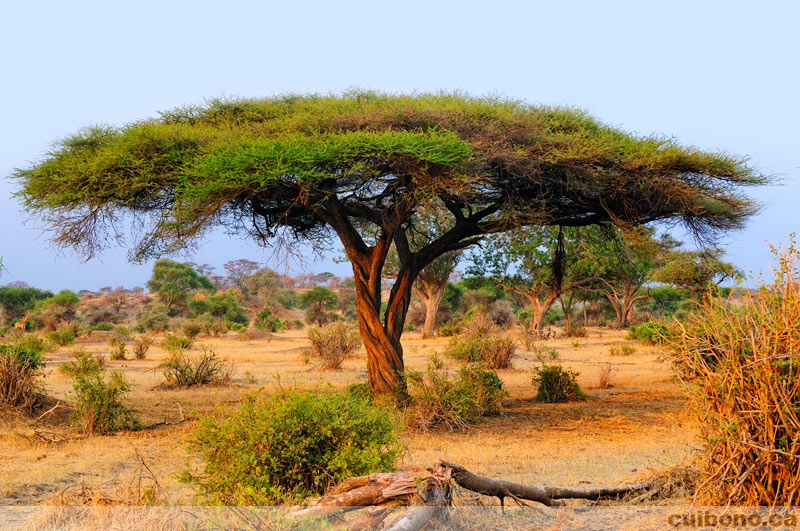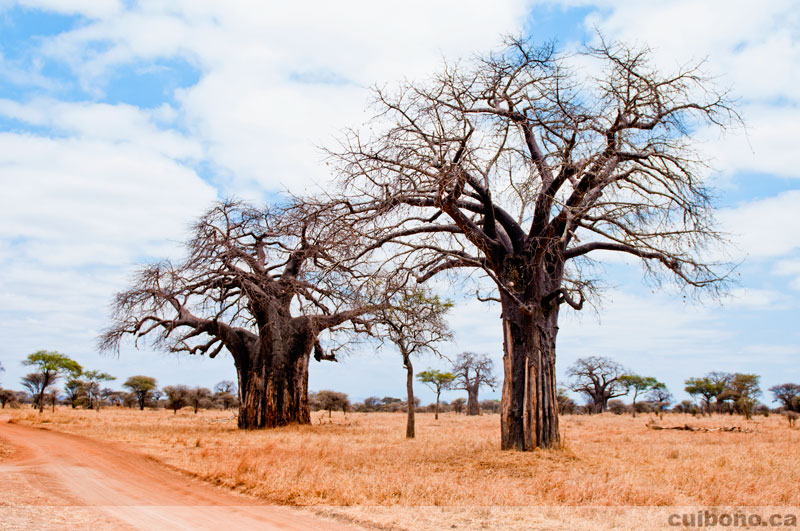Every safari is unique. Each is charactarized by different events and animals which inevitably form the basis of your memories. This becomes more evident as you do more safaris. For example, my fondest memories of my Kenyan safaris include the pride of lions eating their fresh kill, stunning landscapes, and the countless elephants I came across. While I saw many of the same animals on my Tanzanian safaris, my fondest memories involve different animals and situations. I was lucky enough to track two cheetahs hunting; observe a leopard eating his fresh kill in a tree; rest while watching playful hippopotamus'; watch elephants fighting; and see for the first time a lion in a tree.
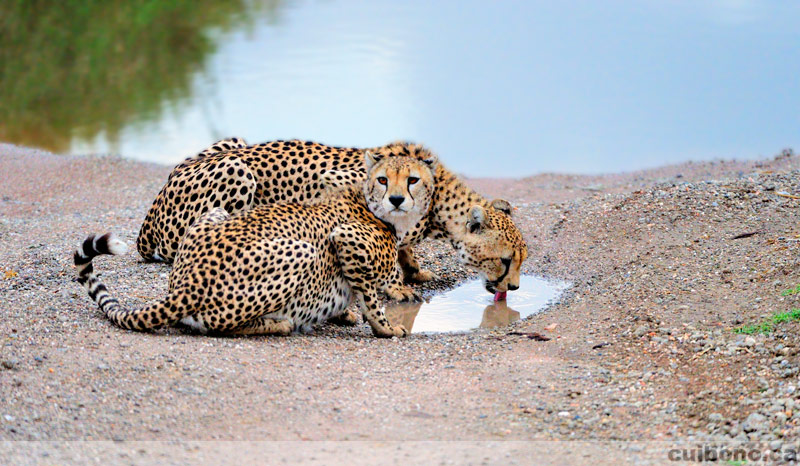
Thirsty cheetahs
Itinerary
My Tanzanian adventure started in Arusha where I was able to mingle with locals and "acclimatize" myself to the country. Needless to say, the people of Arusha left a wonderful impression on me (see the "Tanzanian Portraits" collection).
Arusha was followed by 7 days of game drives that took me to several national parks including Tarangire, Ngorongoro and finally, the Serengeti. In terms of preference, I would rank the Serengeti first, Tarangire second, and Ngorongoro third. The Serengeti has an incredible amount of animals and many more roads that allow you to get close to them. The landscape is full of kopjes (a small hill rising up from the African veld), and due to the sheer size of the park, you can find areas without any other vehicle nearby. Tanragire is smaller, but contains some impressive baobab trees and is known for its tree climbing lions. The Ngorongoro crater is impressive in size (speaking from a crater perspective), but due to the lack of roads (and road closures), you will not be able to get close to many animals.
That said, generally speaking, you will get closer to wildlife in the Mara (Kenya) than anywhere in Tanzania. This is because tour operators in the Mara will go off-roading to bring you closer to the animals, while in Tanzania, you will rarely find a driver do so. In fact, we found a wall of shame picturing drivers who had gone off-roading in a rest area in the Serengeti and on our way out of the Serengeti, two drivers were barred from entering because they had not paid their fines for off-roading.
Whether you visit Kenya or Tanzania, having powerful and comfortable binoculars is important. If the purpose of your trip is photography, be warned that in Tanzania, you will often need 500mm to 600mm if not more.
Equipment
I brought along much of the same equipment that I used in my most recent Kenyan safaris. I did however substitute the D700 with a D300. Since I already had a great low-light camera with me, I decided that I could use the extra reach afforded by a crop sensored camera. That proved to be a good decision given the game viewing rules in Tanzania, which were unbeknownst to me prior to the trip.
The dust situation was similar, if not a little worse, than in Kenya. Bringing two or three camera bodies is a must for serious photography. After all, not changing lenses in the field is the best way to avoid dirt and dust.
Final thoughts
My Tanzanian safaris were a success. I was impressed by the tour operators' respect for the environment; I was happy with the animals I was able to see and photograph; and I was impressed by the different flora and fauna in each of the national parks I visited. I would easily go back again, though this time with longer lenses.
Lastly, I was reminded while I was there and after I returned of how precious life is and how important it is to live your life to the fullest. A few days after we left, there was a ferry accident that killed nearly 200 people off the coast of Zanzibar and a Kenyan pipeline exploded and killed over 40 people. As well, on our way out of the Ngorongoro crater, we stumbled upon a bad car accident. An inexperienced driver, who was accompanied by his pregnant wife and an acquaintance, lost control of his car while navigating the difficult mountainous (unpaved) roads and overturned it.

Unfortunate accident
The pregnant woman was rushed to the local hospital before we arrived on the scene. After flipping the car back onto its wheels, we took the other passenger to the same hospital. He was in obvious and severe pain. What struck me the most about this situation was the number of individuals who selflessly stopped to help despite having tourists with them. While it was a strange way to end the safari portion of my trip, it did remind me that in some parts of the world, human compassion and contact is still very much alive.
Associated Blog Post
Tanzanian PortraitsCheetah
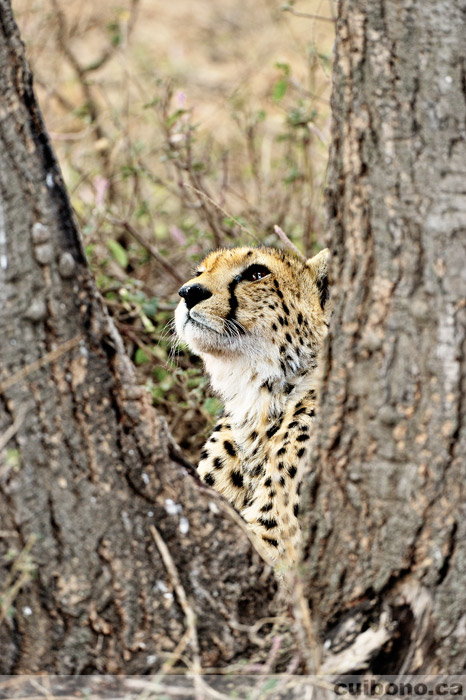
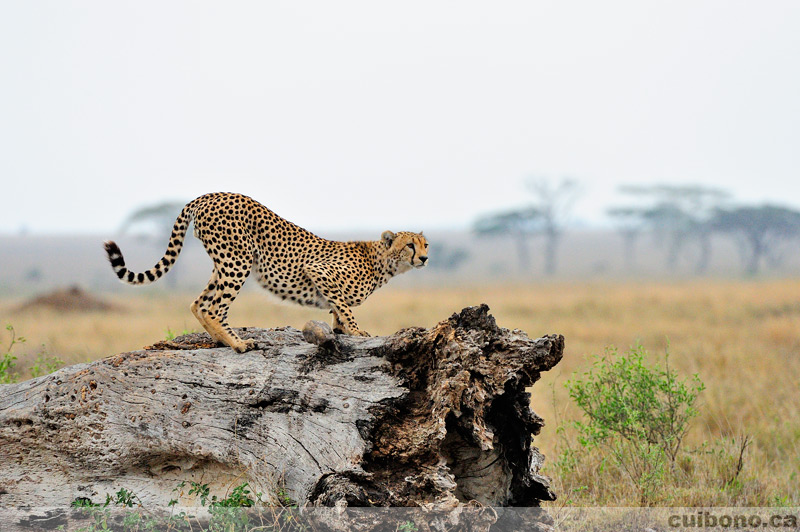
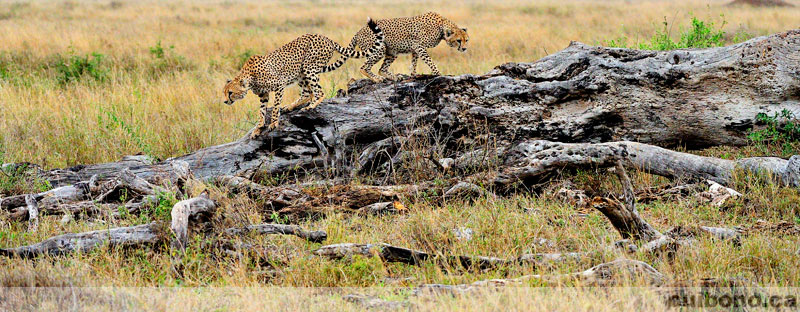
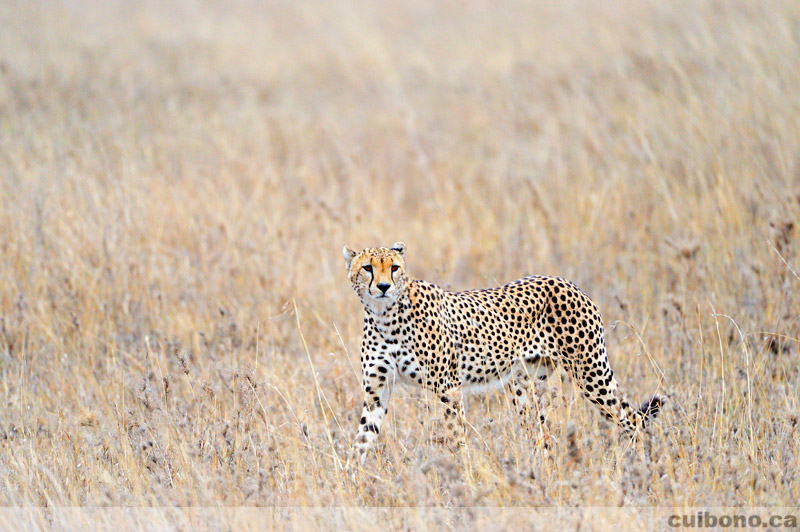
Birds
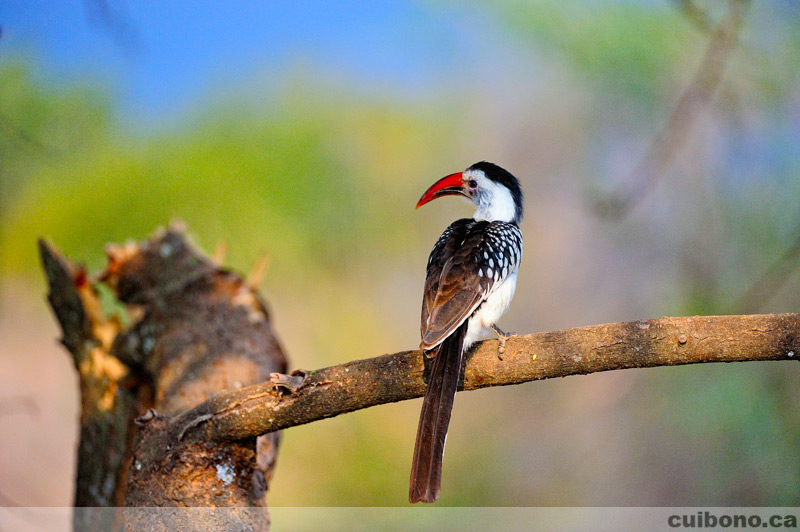
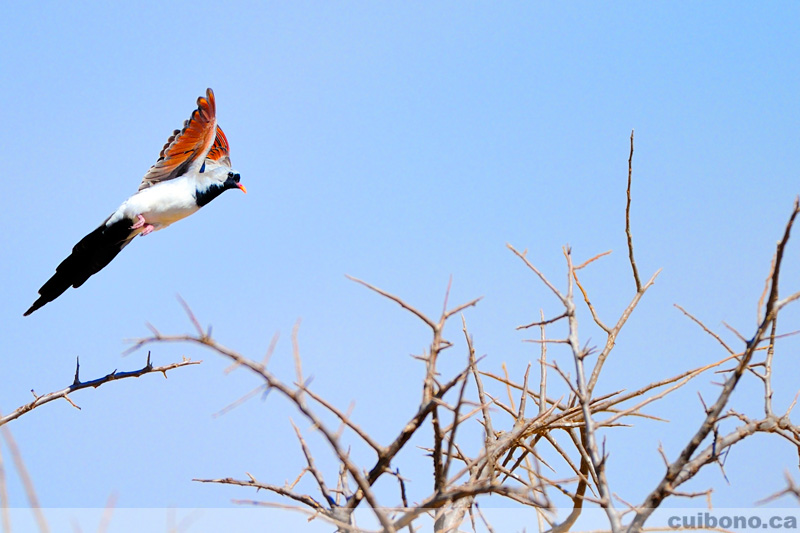
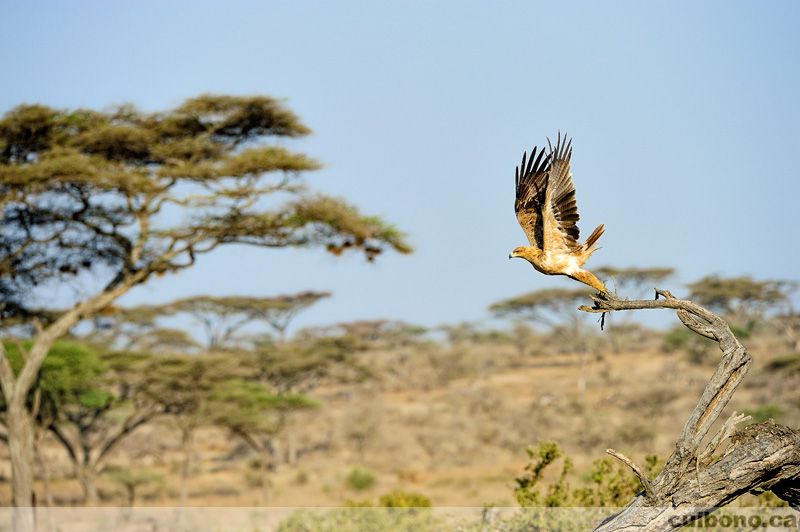
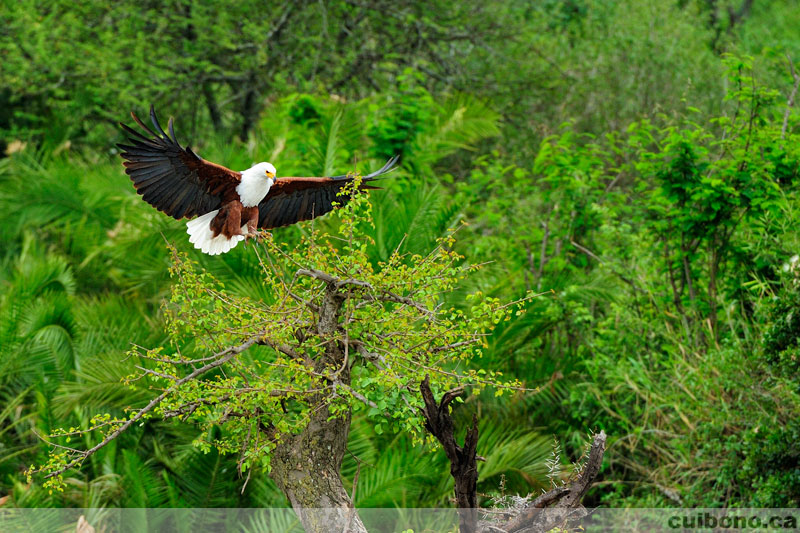
Lions
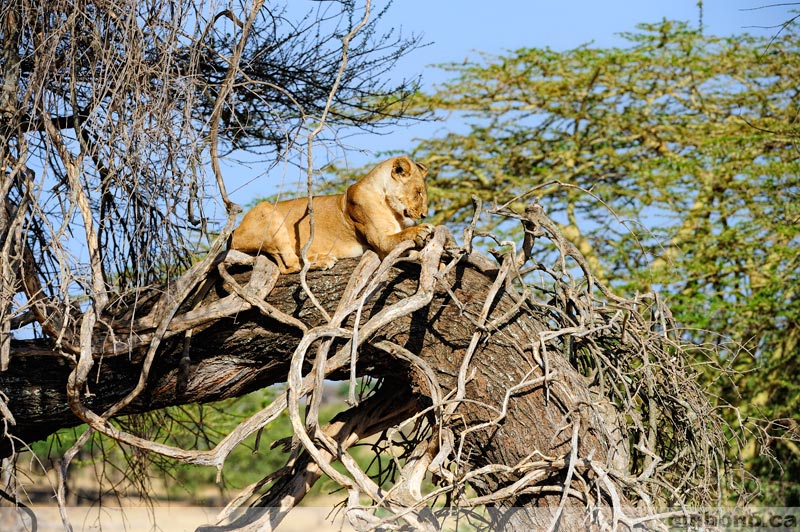
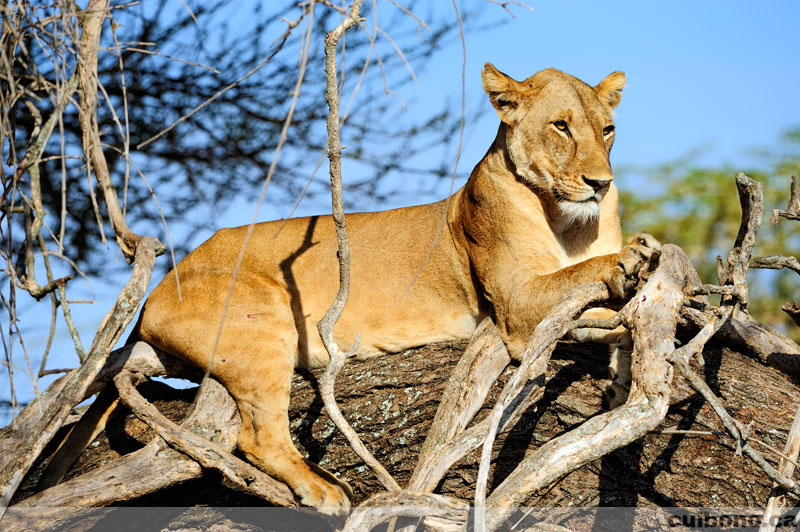
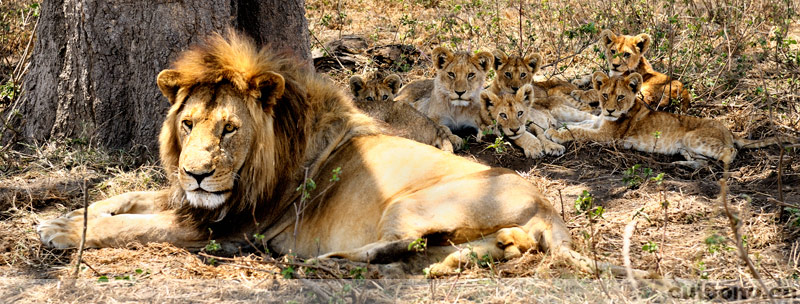
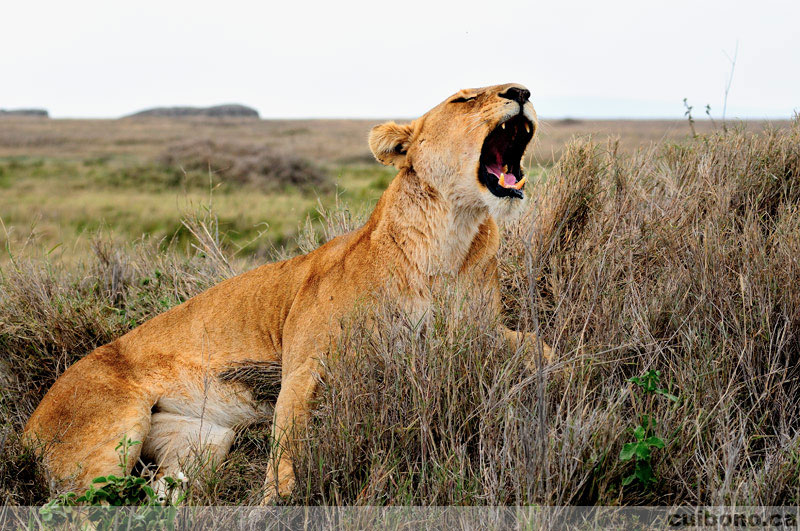
Elephants

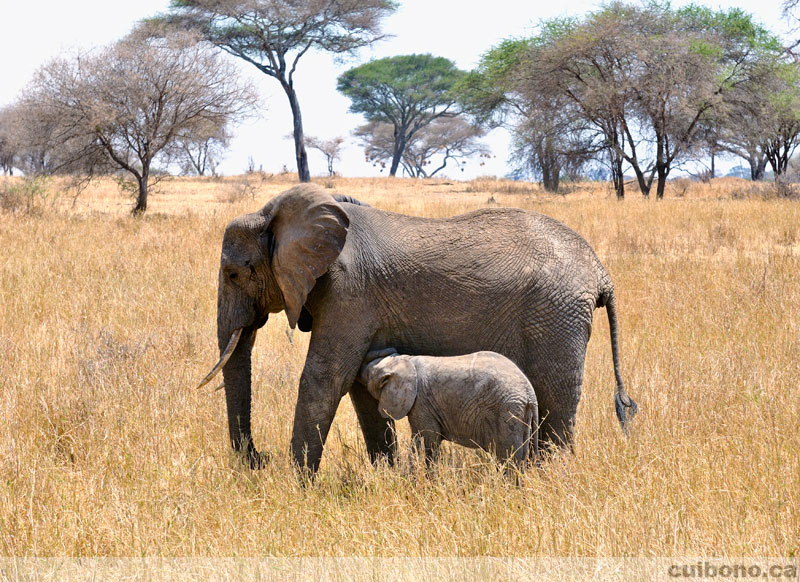
Hippopotamus
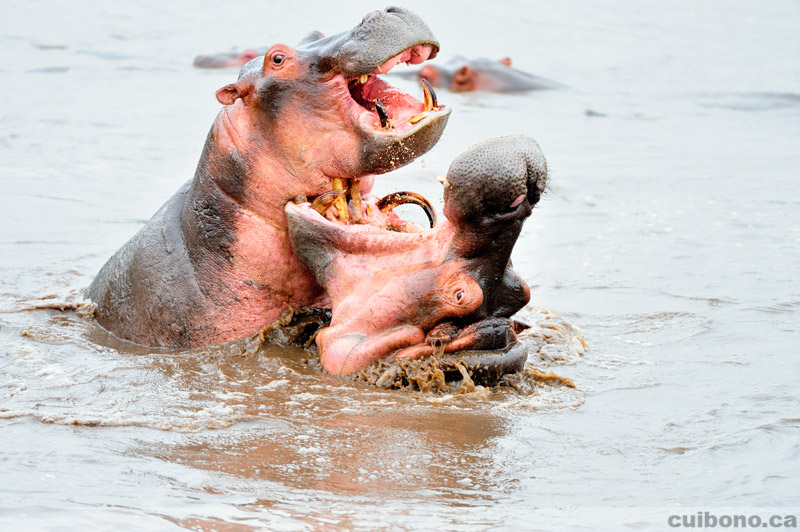
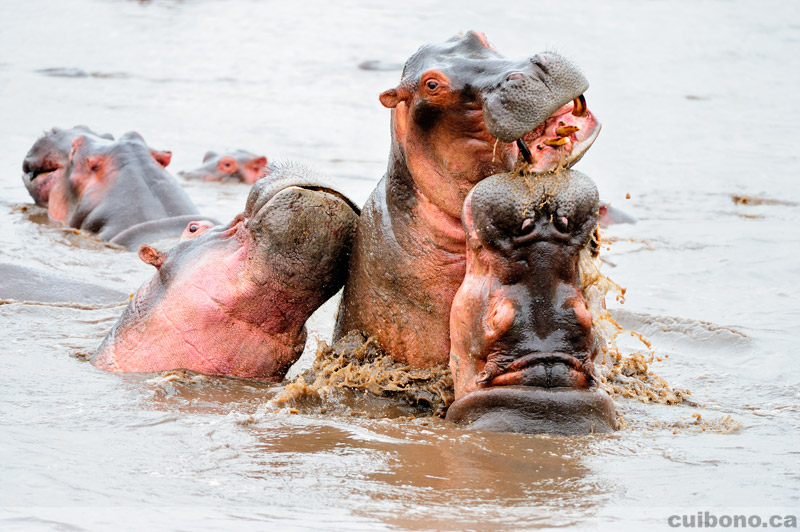
Leopard
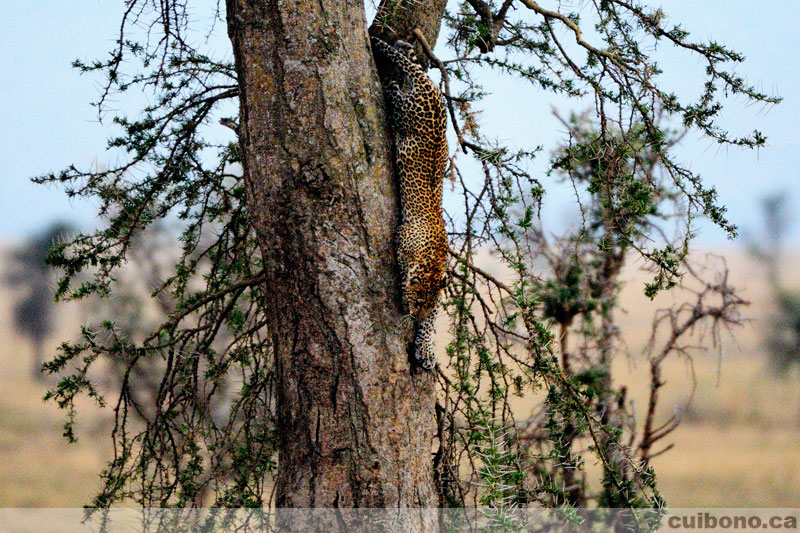
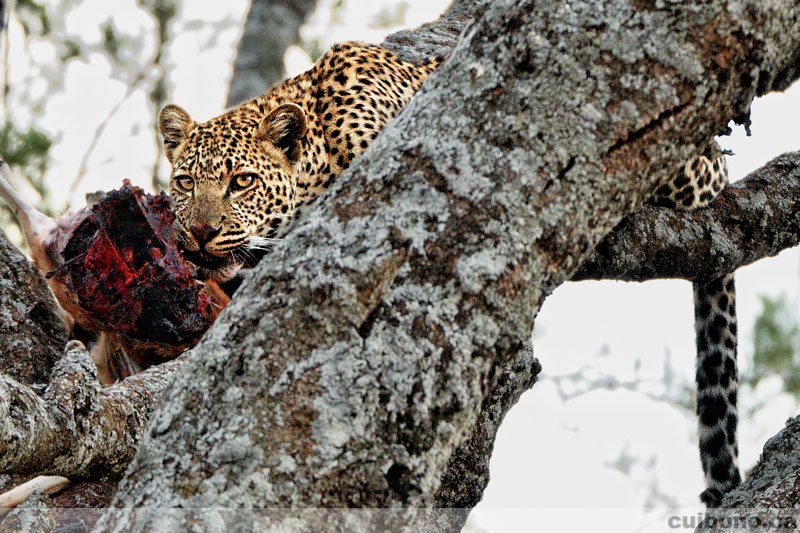
Other
